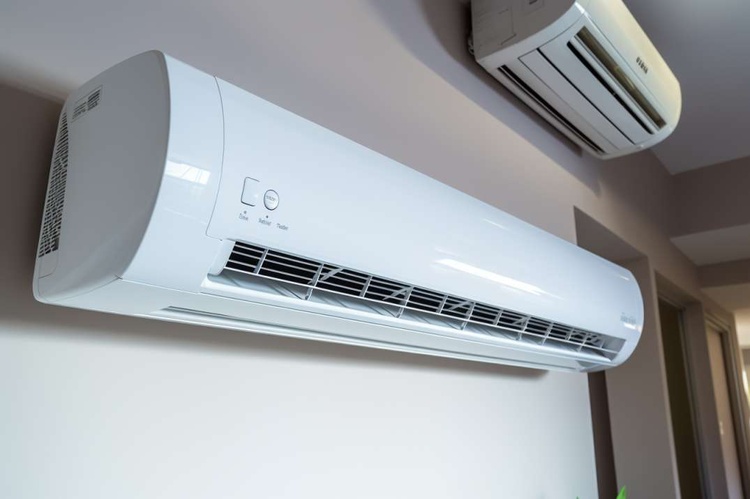Understanding Modern Ductless AC Systems: A Comprehensive Guide
Ductless air conditioning systems, also known as mini-split systems, have gained significant popularity in recent years due to their energy efficiency and flexibility. These innovative cooling solutions offer homeowners and businesses an alternative to traditional ducted HVAC systems, providing targeted climate control without the need for extensive ductwork. As the demand for more efficient and adaptable cooling solutions grows, understanding the ins and outs of ductless AC systems becomes increasingly important.

How do ductless AC systems work?
Ductless air conditioning systems operate on a simple yet effective principle. They consist of two main components: an outdoor compressor unit and one or more indoor air-handling units. These components are connected by a conduit containing refrigerant lines, power cables, and a condensate drain. The outdoor unit compresses and circulates refrigerant through the system, while the indoor units distribute cooled air directly into the space they serve. This design allows for precise temperature control in individual rooms or zones, eliminating the energy loss associated with ductwork in traditional systems.
What are the advantages of ductless air conditioners?
Ductless AC systems offer several advantages over conventional air conditioning methods. Firstly, they are highly energy-efficient, as they avoid the energy losses typically associated with ductwork. This can lead to significant savings on energy bills. Secondly, ductless systems provide greater flexibility in terms of installation and zoning. They can be easily retrofitted into existing buildings without the need for extensive renovations, and allow for independent temperature control in different areas of a home or office. Additionally, many ductless systems also offer heating capabilities, making them versatile year-round climate control solutions.
What energy efficiency innovations are present in ductless systems?
Recent innovations in ductless AC technology have further improved their energy efficiency. Many modern ductless systems now incorporate inverter technology, which allows the compressor to adjust its speed based on the cooling demand, rather than simply turning on and off. This results in more consistent temperatures and reduced energy consumption. Some manufacturers have also introduced advanced air filtration systems and smart controls, enabling users to optimize their energy usage and indoor air quality. These innovations contribute to the growing appeal of ductless systems as an environmentally friendly cooling option.
How does the cost landscape of modern ductless systems compare?
The cost of ductless air conditioning systems can vary widely depending on factors such as the number of indoor units, system capacity, and installation complexity. While the initial investment for a ductless system may be higher than that of a traditional window unit or central air system, the long-term energy savings and increased comfort often justify the expense for many users.
| System Type | Capacity Range (BTU) | Estimated Cost Range (GBP) | Average Installation Cost (GBP) |
|---|---|---|---|
| Single Zone | 9,000 - 24,000 | 800 - 2,000 | 500 - 1,500 |
| Multi Zone (2-4 indoor units) | 18,000 - 36,000 | 2,000 - 5,000 | 1,000 - 3,000 |
| Whole-House (5+ indoor units) | 36,000 - 60,000 | 5,000 - 10,000 | 2,500 - 5,000 |
Prices, rates, or cost estimates mentioned in this article are based on the latest available information but may change over time. Independent research is advised before making financial decisions.
What does the future hold for ductless air conditioners?
The future of ductless air conditioning looks promising, with ongoing developments in energy efficiency, smart home integration, and environmental sustainability. Manufacturers are focusing on creating systems with even higher SEER (Seasonal Energy Efficiency Ratio) ratings, which measure cooling efficiency. Integration with smart home ecosystems is becoming more common, allowing users to control their ductless AC systems through voice commands or smartphone apps. Additionally, the industry is exploring the use of more environmentally friendly refrigerants to reduce the global warming potential of these systems.
As climate change concerns drive the need for more efficient cooling solutions, ductless air conditioners are likely to play an increasingly important role in both residential and commercial settings. Their ability to provide targeted cooling with minimal energy waste positions them as a key technology in the pursuit of sustainable building practices. As research and development continue, we can expect to see further improvements in efficiency, functionality, and environmental impact, solidifying the place of ductless systems in the future of air conditioning technology.



